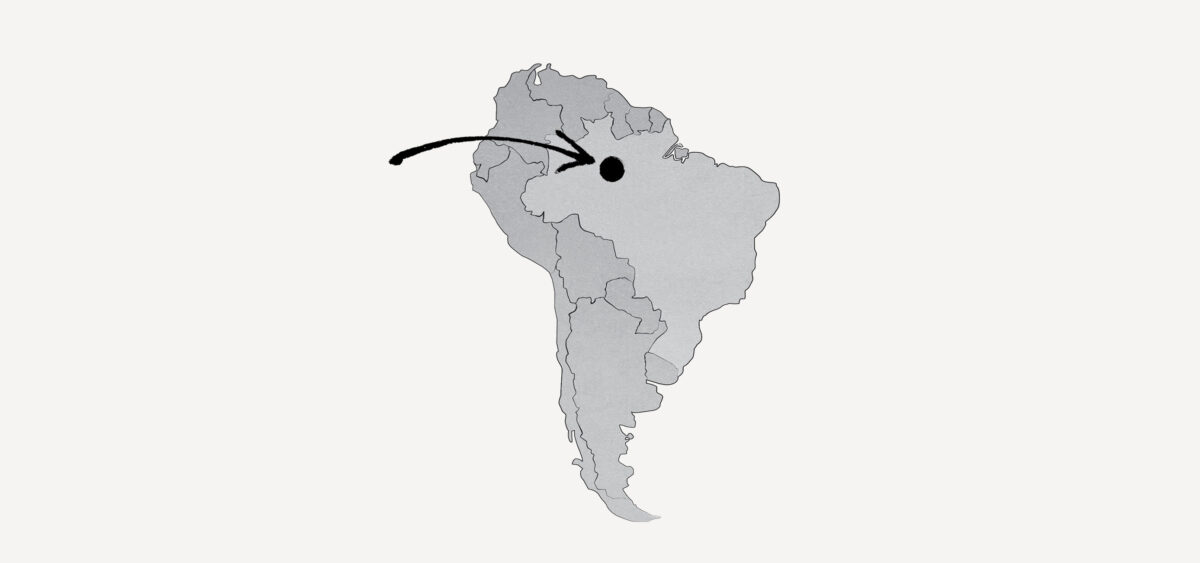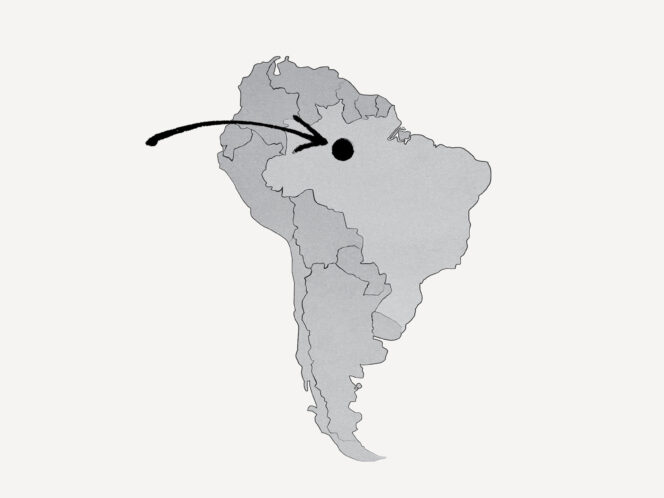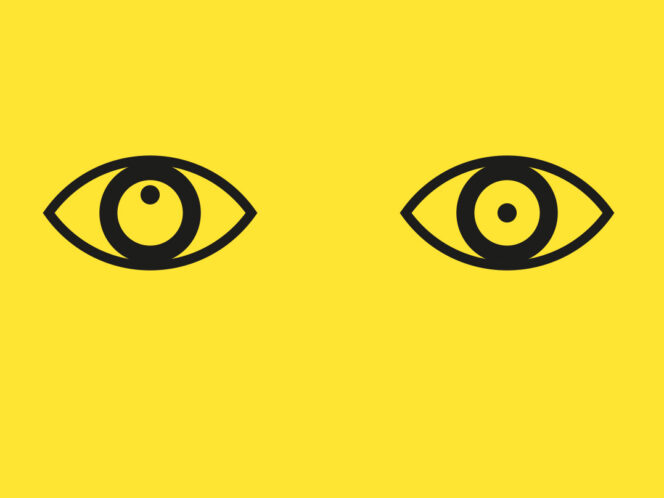
The Pirahã are not afraid of death—while being alive, they have no reason to worry about it. They don’t plan for what will be and don’t reminisce about what was. They’re cheerful, busy with the here and now—yet they triggered one of the largest linguistic wars of the world.
The Pirahã people, inhabitants of the Amazon River basin, refer to themselves híaitíihí, “straight,” while all outsiders are aoói—“crooked, twisted.” The híaitíihí speak a language that is unrelated to any other living dialect in the world. It encompasses only eleven sounds, and women only use ten. It lacks numerals and color names. Daniel Everett, a missionary-turned-anthropologist and the only person from outside of the tribe who knows the language well—claims that its syntax has no recursion, a characteristic which, according to the prevalent linguistic theory, is fundamental to any human language, and even distinguishes Homo sapiens as a species. Due to this controversial theory, the world heard about the 300-strong tribe and its researcher. Moreover, it sparked a frenzy in the world of science, engaging the most brilliant minds in a heated debate.
A Brazilian Western
In 1977 the twenty-six-year-old Everett lands an avionette on the Maici River in the Amazon. He has an ambitious plan to learn the language of the isolated people and he successfully does so. The young missionary linguist’s work is to be crowned by a translation of the Bible. He believes that introducing the Indigenous people to the Book of Revelation will cause them to convert to Catholicism, and this is where he utterly fails. Everett describes nearly three decades of his research on the Pirahã language and culture in Don’t Sleep, There are Snakes published in 2008. This report, written with much gusto, also documents the process of how the author dissolves into the culture of his studies.
Everett was sent








